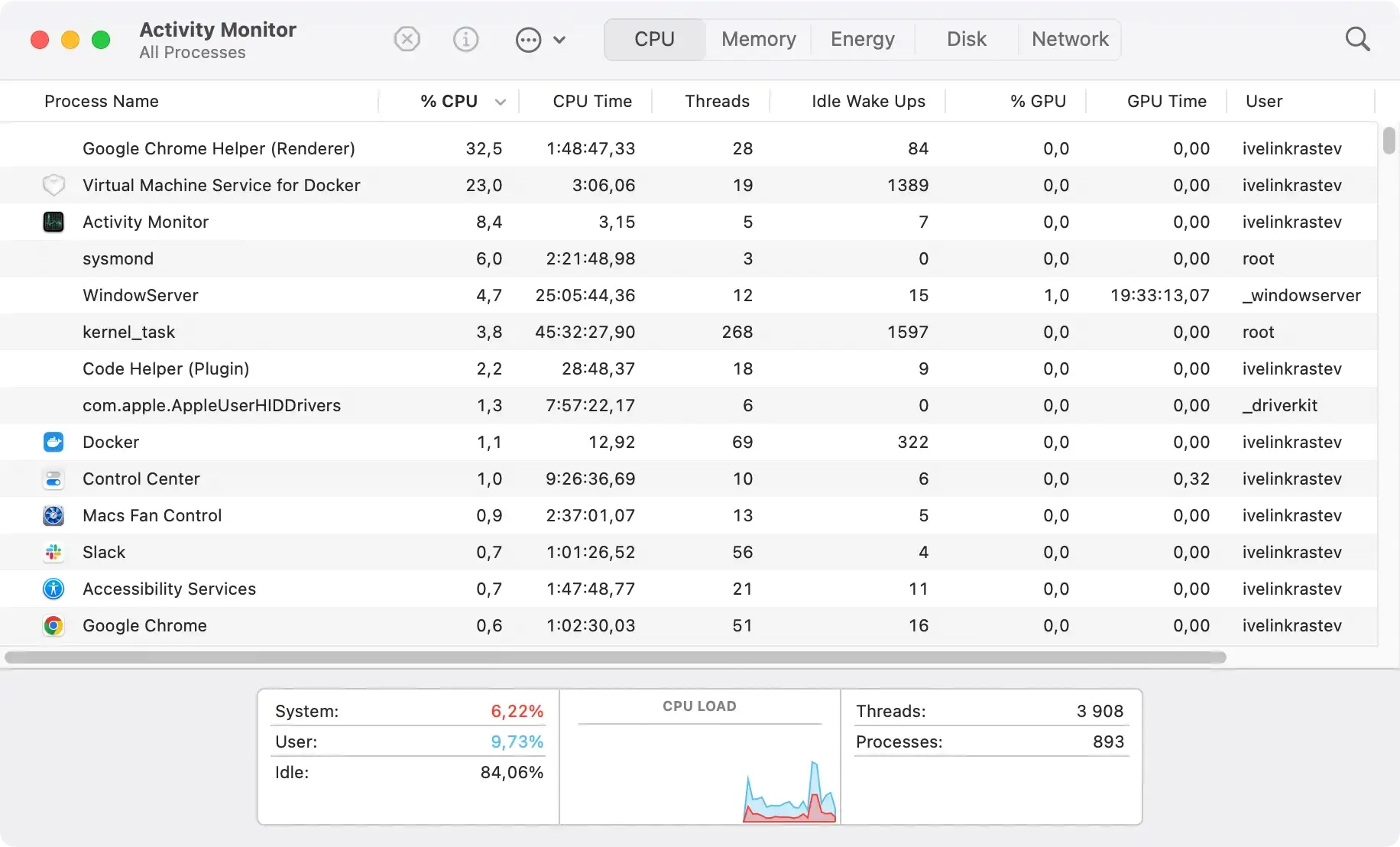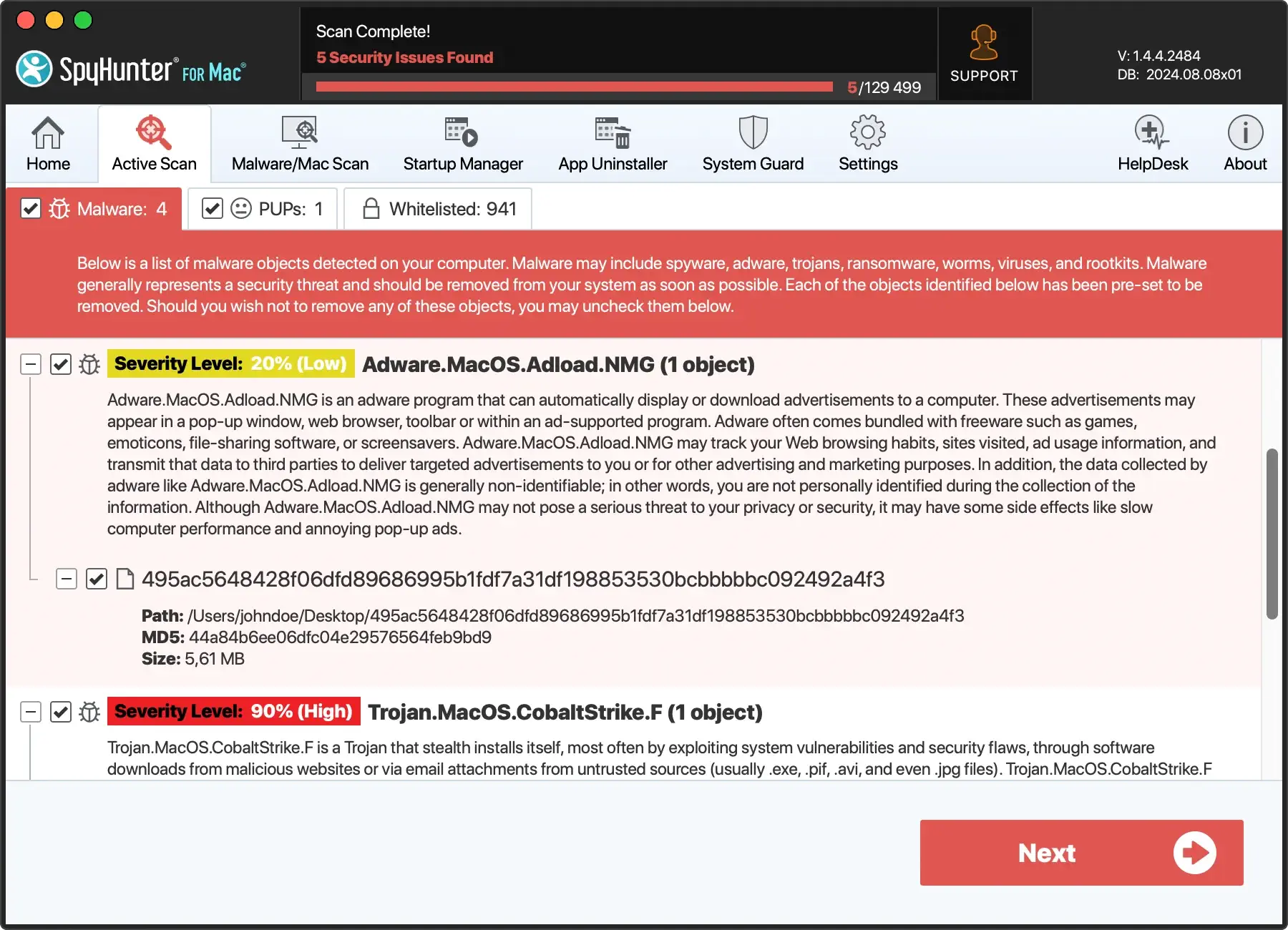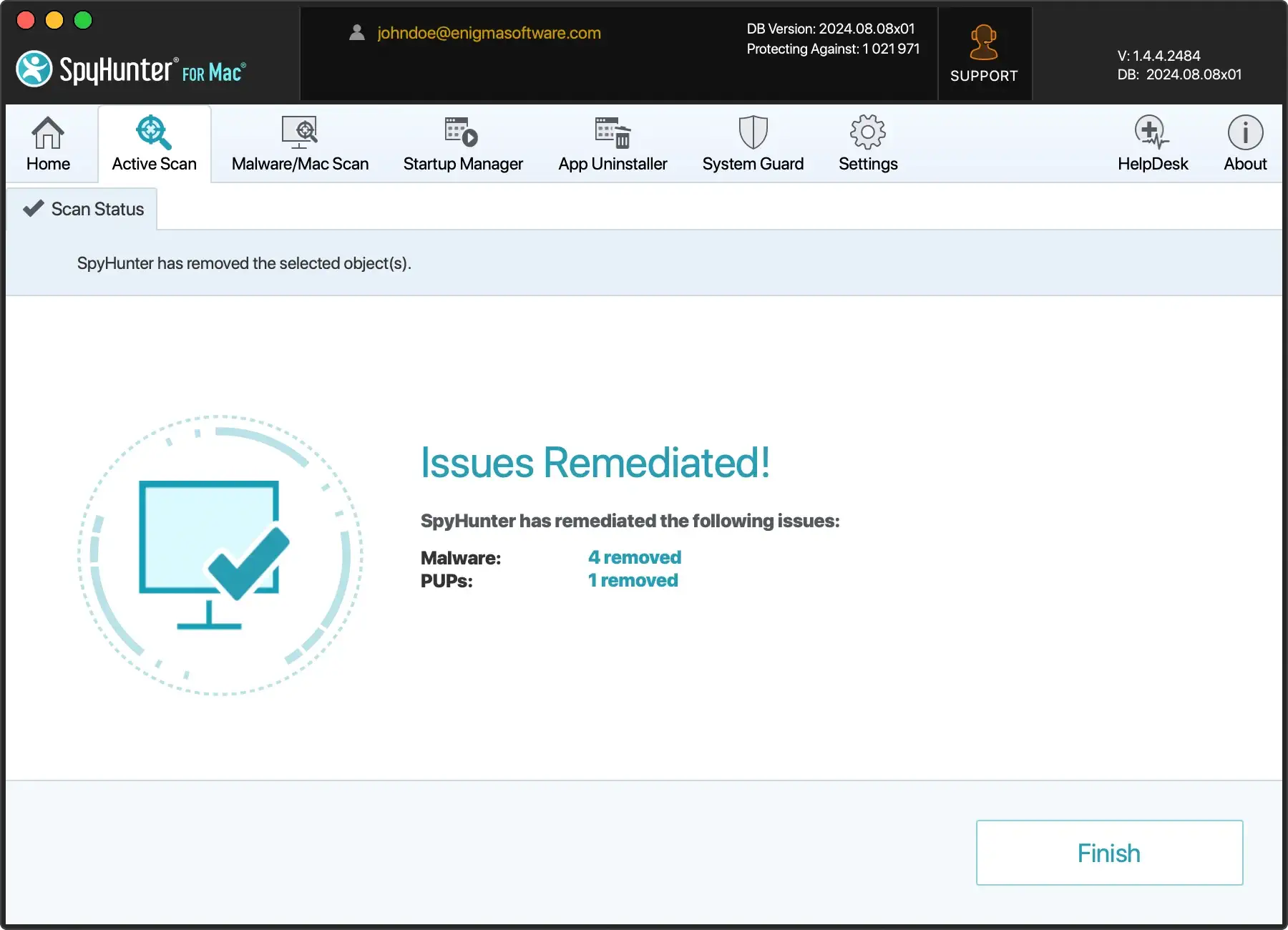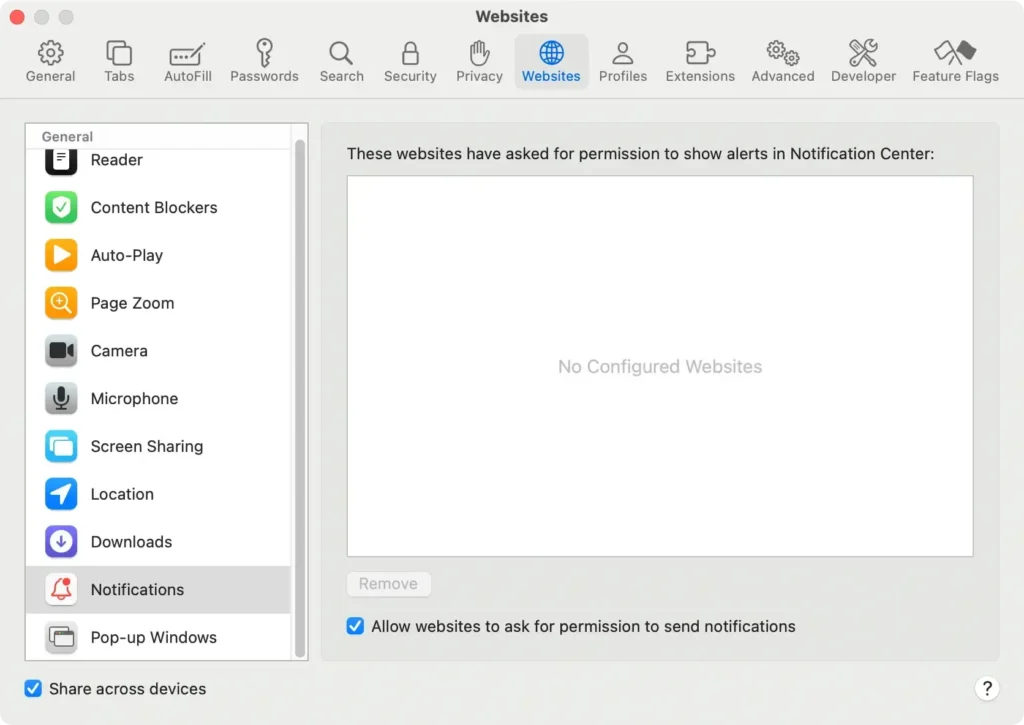Remove ‘Someone Is Downloading Files From Your Computer’
Before we dive in
Before we dive in, let's make sure you stay safe online. We created SpyHunter because your security matters to us.
Protect your computer today — download SpyHunter right here! Check out our top tips below to keep your computer safe and secure.

Receiving a message that "Someone is downloading files from your computer" can be alarming, especially if you’re unsure whether it’s a legitimate warning or a deceptive scam.
If you’ve seen this alert on your Mac, don’t panic! It’s crucial to act quickly but also calmly to protect your data and device from potential harm.
In this article, we’ll walk you through what to do if you see this message and how to safeguard your system against future threats.
Understanding the threat: Is it real or fake?
The first thing to understand is that messages like "Someone is downloading files from your computer" are often part of fake Apple security alerts designed to scare you into taking actions that may actually harm your Mac.
These alerts might pop up when you’re browsing the web, especially on less secure or unfamiliar websites.
They often mimic legitimate Apple warnings but are actually linked to potentially unwanted apps or Mac malware.
Fake Apple security alerts
These fake alerts might look convincing, but they’re designed to trick you.
They often claim that your Mac is infected or that files are being stolen to get you to download malicious software or call a fake support number.

Remember, Apple does not use pop-ups to notify users of malware or security issues.
Potentially unwanted applications (PUAs)
These are applications that may not be outright malicious but can compromise your system’s security or performance.
They can sneak onto your computer when you download files from untrustworthy sources or through misleading ads and pop-ups, similar to the "Someone is downloading files from your computer" message.
Immediate steps to take if you see the warning
If you see an alert claiming that someone is downloading files from your computer, follow these steps to protect your Mac:
1. Disconnect from the Internet
This stops any potential download or data transfer immediately. You can do this by turning off your Wi-Fi or unplugging your Ethernet cable.
2. Check System Settings
Go to your Mac’s System Settings and look for anything unusual.
Pay particular attention to the Extensions tab under the Safari settings, where you might find suspicious extensions that need to be removed.
3. Open Activity Monitor
Use the Activity Monitor to check for any unfamiliar processes that might be running.
To do this, open Finder, go to Applications, then Utilities, and double-click Activity Monitor. Look for any suspicious apps or processes and stop them.

Using SpyHunter to protect against fake alerts
SpyHunter is a powerful anti-malware tool that can protect your Mac against a wide range of threats.
Scary messages similar to "Someone is downloading files from your computer" can be triggered by misleading sites abusing push notifications or by malware or a potentially unwanted app.
With its robust malware scanner, SpyHunter can eliminate malicious files and apps from your system and eliminate the source of the fake warnings.
You can download SpyHunter here and complete the installation using the prompts on your screen.
Once installed, launch SpyHunter and start a full system scan from its main menu. The scan will complete shortly and show you a full list of any potentially malicious files or apps found on your Mac.

You can proceed to remove any threats discovered and, if needed, reboot your system.

This will take care of the immediate issues. SpyHunter’s active guard will shield your Mac from future threats by stopping them before they can infect your computer.
Removing malicious extensions
Now that you’ve taken initial steps to secure your computer, it’s time to remove any malicious software or extensions that may have been installed and are triggering the fake alerts.
For Google Chrome:
- Open Google Chrome and click on the three vertical dots in the top right corner.
- Navigate to
More tools > Extensions. - Look for any suspicious extensions that you don’t remember installing. Click on the
Removebutton to uninstall them.
For Safari:
- Open Safari and go to
Preferencesby clicking Safari in the upper left corner of your screen. - Go to the
Extensions taband remove any extensions that seem unfamiliar or suspicious. - While in
Preferences, go to thePrivacy taband clear your website data. - Finally, in Safari’s preferences, go to
Notificationsin the menu on the left and remove any websites that may be sending misleading malicious pop-ups containing the fake alert.
A lot of the time this fake alert is triggered by misleading sites that tricked you into allowing push notifications and removing them from the list will solve the issue.

For Firefox:
- Open Firefox and click on the menu icon in the upper right corner.
- Go to
Add-onsand check for any malicious extensions. Remove them if found.
Regular maintenance to prevent future threats
System Settings checks
Regularly check your System Settings (or System Preferences on older versions of macOS) and Extensions tab for any unusual activity.
Keep an eye on suspicious login items that could automatically start malicious software when you boot your Mac.
Safe browsing practices
Be cautious when downloading files, especially from unknown sources.
Stick to reputable websites and always double-check before installing new software. If you see pop-ups or warnings, avoid clicking on them.
Backup and recovery
Use Time Machine or a cloud storage service like Google Drive to back up your important data regularly. This will help you recover your files in case of data loss due to malware or other threats.
Conclusion
Seeing a message like "Someone is downloading files from your computer" can be frightening, but by following the steps outlined above, you can protect your Mac and remove any potential threats.
Remember to stay vigilant against fake Apple security alerts, keep your software up to date, and regularly check your system for malicious programs and suspicious apps.
Your Mac is a powerful tool, and with a little attention to security, you can keep it running smoothly and safely. Stay informed, take action when needed, and enjoy the peace of mind that comes with a secure system.